Understanding Paper Bills
Paper bills, also known as banknotes or currency notes, are physical forms of money used in transactions. They are issued by the government's central bank and are typically made of cotton paper to make them more durable.
Denominations
Paper bills come in different denominations, representing different monetary values. In the United States, common denominations include $1, $5, $10, $20, $50, and $100 bills.
Security Features
To prevent counterfeiting, paper bills are designed with various security features such as watermarks, security threads, color-shifting inks, and microprinting.
Legal Tender
Paper bills are considered legal tender, which means they must be accepted for payment of debts and are approved for transactions.
Study Guide
- What are paper bills made of?
- What are some common denominations of paper bills?
- Why are security features important on paper bills?
- What does it mean for paper bills to be legal tender?
Answers
- Paper bills are typically made of cotton paper.
- Common denominations of paper bills in the United States include $1, $5, $10, $20, $50, and $100 bills.
- Security features are important to prevent counterfeiting of paper bills.
- Legal tender means that paper bills must be accepted for payment of debts and are approved for transactions.
Hope this study guide helps you understand more about paper bills!
[Paper Bills] Related Worksheets and Study Guides:
.◂Math Worksheets and Study Guides Fourth Grade. Measurement

 Activity Lesson
Activity Lesson
 Activity Lesson
Activity Lesson
 Activity Lesson
Activity Lesson
 Worksheet/Answer key
Worksheet/Answer key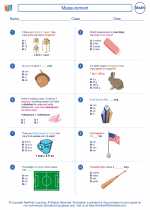
 Worksheet/Answer key
Worksheet/Answer key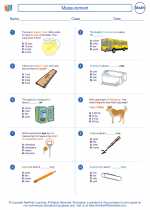
 Worksheet/Answer key
Worksheet/Answer key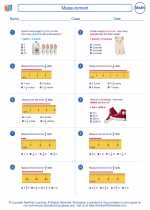
 Worksheet/Answer key
Worksheet/Answer key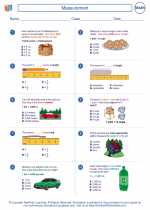
 Worksheet/Answer key
Worksheet/Answer key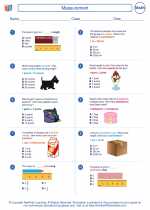
 Worksheet/Answer key
Worksheet/Answer key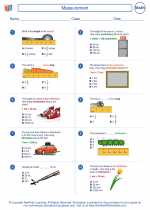
 Worksheet/Answer key
Worksheet/Answer key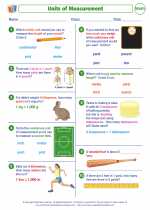
 Worksheet/Answer key
Worksheet/Answer key
 Worksheet/Answer key
Worksheet/Answer key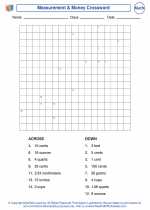
 Worksheet/Answer key
Worksheet/Answer key
 Vocabulary/Answer key
Vocabulary/Answer key
 Vocabulary/Answer key
Vocabulary/Answer key
 Vocabulary/Answer key
Vocabulary/Answer key
